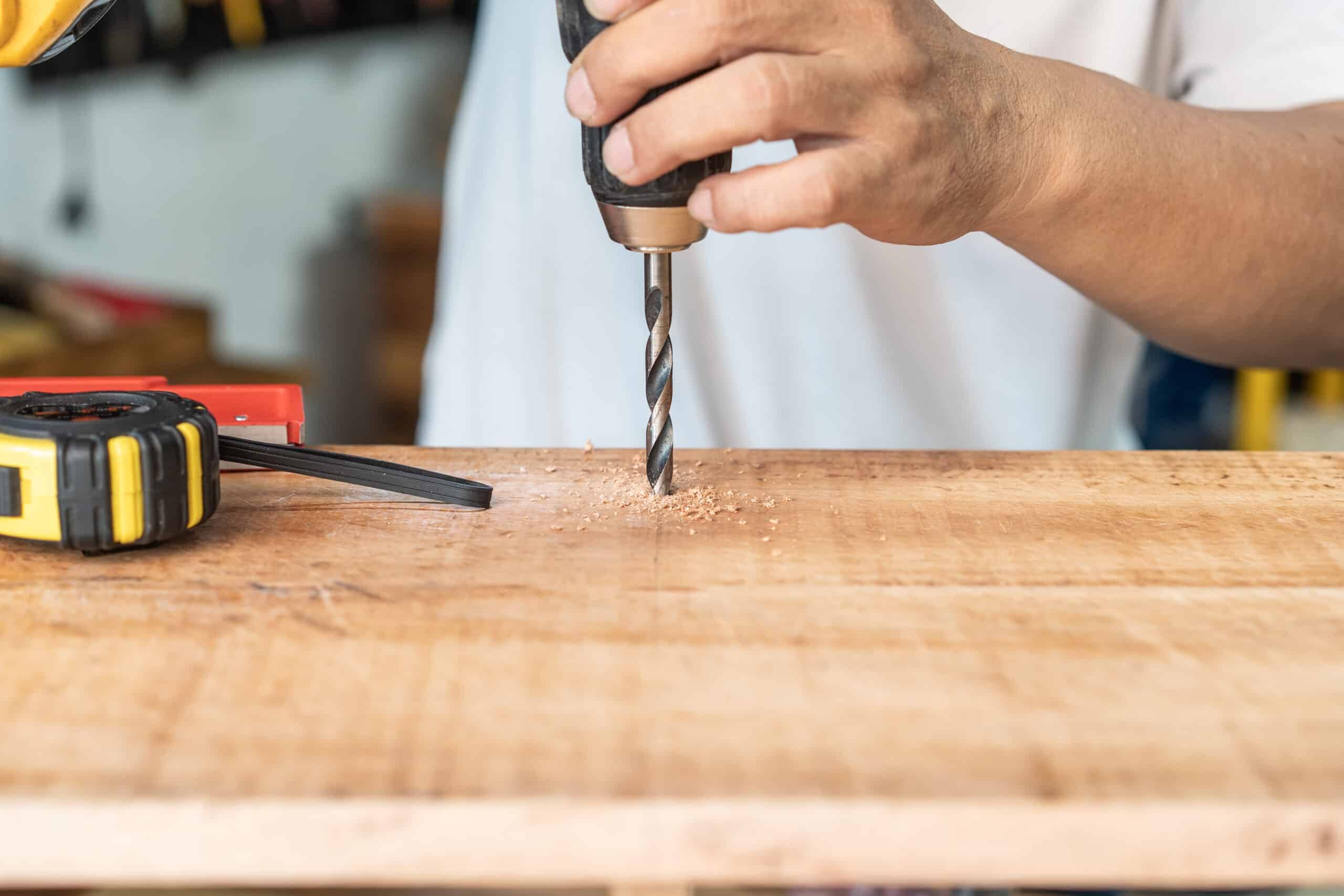Can I drill a screw straight into wood?
Key Takeaways
- Choose the right drill and screws for drilling into wood
- Prepare the wood properly by marking the location and drilling a pilot hole
- Lubricate the screws before drilling to reduce friction
Yes, you can drill a screw straight into wood. However, there are certain techniques and best practices that you should follow to ensure a successful and secure installation. By following these guidelines, you can avoid splitting the wood, misalignment, and other issues that may arise when drilling screws into wood.
Choose the Right Drill and Screws
Before drilling a screw into wood, it is important to select the right tools for the job. For woodwork, you can use a corded or cordless drill, an electric screwdriver, or other similar tools. However, it is recommended to avoid drills with a hammer function for lighter wood species. Additionally, you need to choose the appropriate screws for the type of wood you are working with. Regular steel screws work well for lighter wood species, while denser woods require stronger screws with a different thread.
Prepare the Wood for Drilling
Before drilling the screw, it is important to prepare the wood properly. Start by marking the intended location with a pencil to ensure accuracy. Then, drill a pilot hole slightly smaller than the screw’s diameter. This will help guide the screw and prevent splitting. It is also important to set the drill chuck’s clutch to prevent overdriving the screw and stripping the head.
Lubricate the Screws
To reduce friction and make driving the screw easier, you can lubricate the screws before drilling. Simply draw the screws across a bar of soap or wax candle to apply a thin layer of lubrication. This can help prevent splitting or cracking of the wood.
Drill the Screw into Place
Once the wood is prepared, you can proceed to drill the screw into place. Position the screw firmly in the pilot hole and apply enough pressure to prevent slipping. Then, engage the drill trigger to sink the screw into the wood. It is important to apply steady pressure while drilling to ensure the screw goes straight into the wood. Make sure the pieces being joined are securely clamped together to prevent the screw from wandering.
Troubleshooting
If you encounter any issues while drilling the screw into wood, there are some troubleshooting steps you can take. If the screw goes off-center, remove it, mark a new spot, and drill a new pilot hole. If there is a gap between the joined pieces, you can enlarge the pilot hole and re-drill the screw. If the screw strips, make sure you are using the correct size drill bit, apply the right amount of pressure, and consider using a different screw.
Conclusion
Drilling a screw straight into wood is a straightforward process as long as you follow the proper techniques and best practices. By choosing the right drill and screws, preparing the wood correctly, lubricating the screws, and using the appropriate pressure while drilling, you can achieve a secure and successful installation. Remember to troubleshoot any issues that may arise and make the necessary adjustments to ensure the screw goes straight into the wood.
Related Websites:
FAQs:
Q: Can I drill a screw straight into wood?
Yes, you can drill a screw straight into wood. However, it is recommended to use a pilot hole to make the process easier and reduce the risk of splitting the wood.
Q: What is the difference between drilling and driving screws?
Drilling refers to creating holes in the wood, while driving screws involves inserting the screws into those holes. Both functions require different techniques and tools.
Q: How do I select the appropriate drill bit for different tasks?
To select the right drill bit, consider the type of material you are drilling into and the size of the hole required. Match the drill bit type (e.g., twist, spade, or auger) and size to the task at hand.
Q: How do I drive screws straight into wood without damaging it?
To drive screws straight into wood without damaging it, use the appropriate screw size and type for the job. Additionally, ensure you apply even pressure and maintain a perpendicular angle while driving the screw.
Q: What are some common issues encountered when drilling screws into wood?
Common issues when drilling screws into wood include splitting, stripped screws, and difficulty driving screws in dense wood. Solutions may involve using lubricants, changing drill bits, or adjusting the drilling technique.





